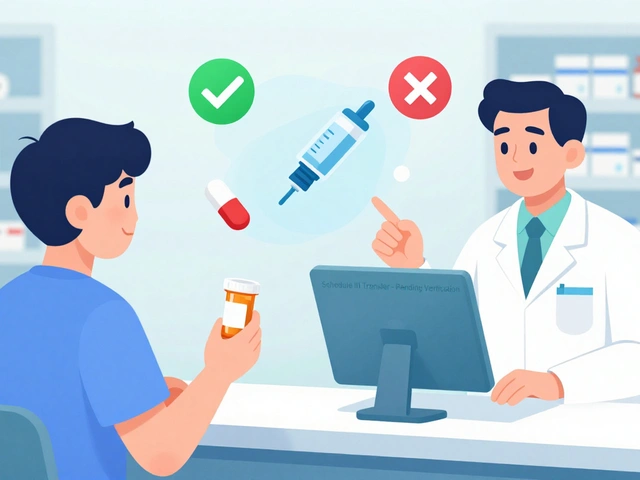False Positive: What It Means and What To Do
A false positive happens when a test says you have a condition but you actually don’t. This can be scary and confusing. Tests from pregnancy kits to COVID swabs and drug screens can all produce false positives. Understanding why they happen and what steps to take can save stress and prevent wrong treatment.
Common causes of false positives
First, tests are not perfect. No test has 100% accuracy. Sensitivity and specificity affect results. High sensitivity finds most real cases but can flag more false positives. Cross-reactivity occurs when something else in the sample looks like the target. For example, certain medications can confuse drug screens. Contamination during collection or lab handling can add foreign material and trigger a positive. Poor storage or expired test kits may degrade components and change results. User errors, like misreading timing windows on rapid tests, also matter.
Prevalence of the condition changes the math. If a disease is rare, even a decent test can give more false positives than true ones. That’s called the base rate problem. Labs and public health teams use this idea when they decide which tests to run and how to interpret findings.
What to do if you get a positive result
Don’t panic. First, check whether the test you used is meant for screening or diagnosis. Home rapid tests often screen, not confirm. Repeat the test if recommended. Use a different brand or a lab-based test when possible. Ask for a confirmatory test that uses a different method; PCR is more definitive for many infections than antigen tests. Tell your healthcare provider about recent vaccines, medications, or supplements you’re taking, since these can affect results. If the positive could lead to major decisions—surgery, long-term medication, job consequences—insist on confirmatory testing before acting. Keep copies of test records and lab reports to avoid miscommunication. If a workplace or legal situation is involved, request chain-of-custody testing and documented procedures.
Understand the emotional side. A false positive can cause anxiety and stigma. Get clear information from your provider and ask for counseling if needed. If isolation or treatment was started, discuss stopping or changing plans only with medical advice.
For those ordering meds or health services online, use reputable pharmacies and ask about verification steps. If a lab result looks inconsistent with symptoms, seek a second opinion. Public health authorities sometimes retest samples to confirm outbreaks before declaring them.
Prevention starts with quality testing practices. Use tests within expiry, follow collection instructions, and store kits per manufacturer guidance. When possible, choose tests with high specificity for conditions where false positives carry big consequences. Quality labs use controls and repeat testing to catch errors before results reach patients.
Being informed reduces harm. A positive test is a signal, not always proof. Ask questions, get confirmation, and make decisions with accurate information and a trusted clinician.
Quick checklist: confirm with a lab test, tell your doctor about meds, keep records, ask about alternate methods, and avoid major steps until results are verified and seek support.
Recently, I came across a topic that caught my attention - Trazodone and drug testing. Many people wonder if this medication will show up on a drug test. From what I've gathered, the answer is generally no, as most standard drug tests don't screen for Trazodone. However, it's important to note that some specific tests can detect it if they're looking for this particular substance. So, if you're prescribed Trazodone, it's always best to disclose this information to the testing facility to avoid any confusion or false results.


